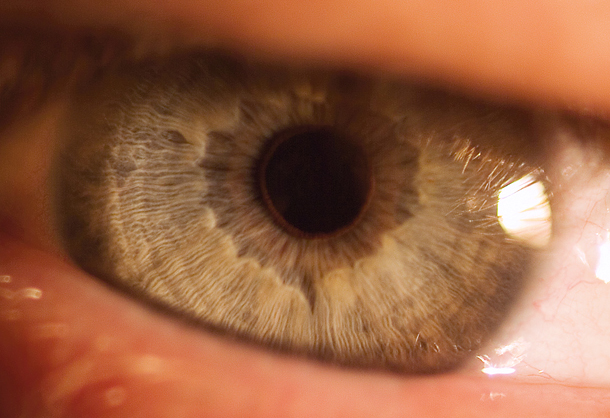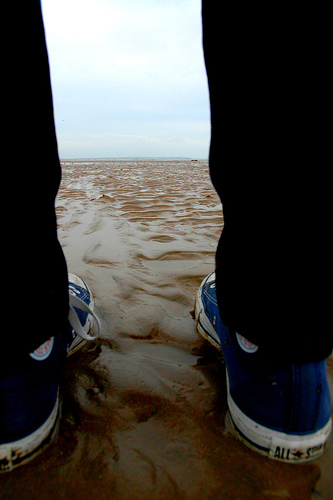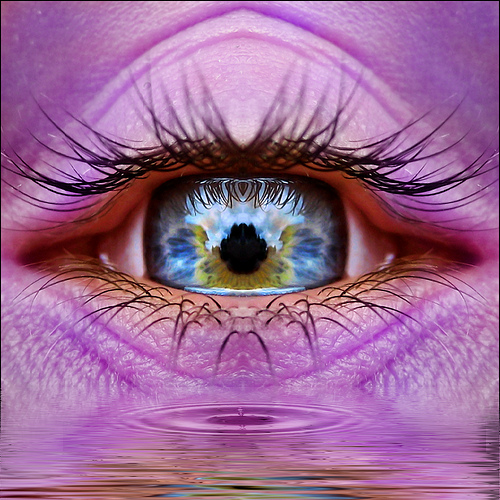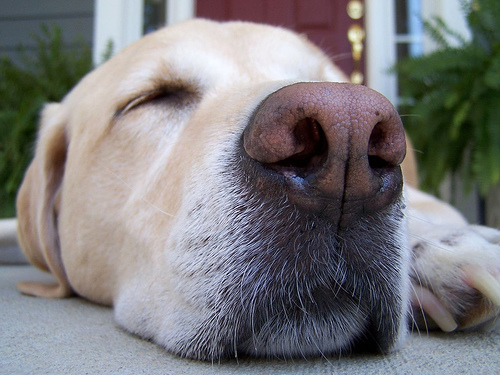Using Close-Ups in Your Scenes to Get Personal
For this week’s Throwback Thursday, we’re looking at excerpts from past posts on Live Write Thrive that tie in with…

For this week’s Throwback Thursday, we’re looking at excerpts from past posts on Live Write Thrive that tie in with…

We’ve been looking at stationary camera shots, beginning with the Close-Up, which is perhaps the most common of all shots in a…

Back in my first post kicking off this year-long course of supercharging your novel using cinematic technique, I told a…

We’re now moving into stationary camera shots in our exploration of cinematic technique that novelists can borrow. As I touched…

Subscribe to my email blasts to level up your writing and be notified of upcoming events and offers!
No products in the cart.